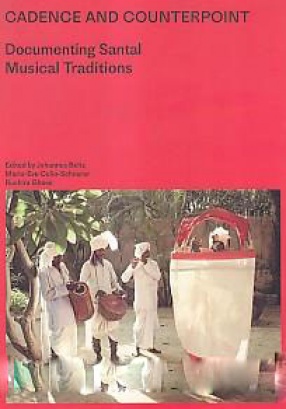
Johannes Beltz

Showing all 7 books

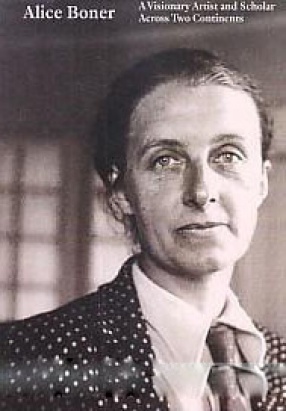
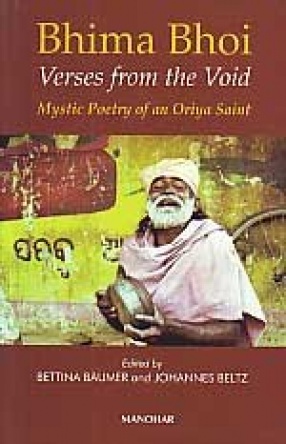
Mahima Dharma ('the Dharma of Glory') is one of the most fascinating living religious traditions of Orissa. It originated during the nineteenth century as an autochthonous reform movement, emerging out of the nirguna bhakti tradition of India. The earliest authentic testimonies of this movement are the impressive compositions of Bhima Bhoi, a lay guru, who fought against social evils such as caste and ritualized piety and initiated women into his ...
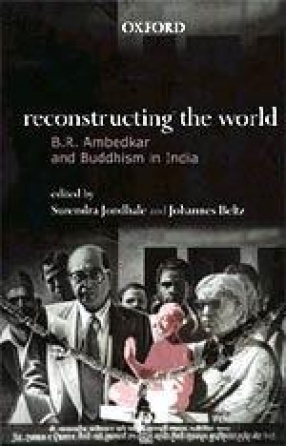
On 14 October 1956, Babasaheb Dr. Bhimrao Ambedkar converted to Buddhism in a public ceremony in Nagpur. This dramatic act which gave rise to an entire movement of religious conversion has often been described as Ambedkar's 'last battle cry' or as a purely 'political' act. In this timely and learned volume, fifteen scholars revisit Ambedkar and conclude that a proper understanding of his views on Buddhism is necessary for an authoritative study of his thought. In ...
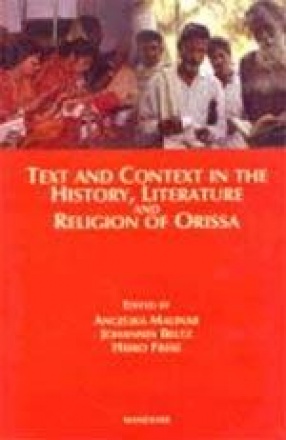
The last decades of the twentieth century have witnessed an enlarged understanding of the notion of 'text' as not only comprising written documents, but also rituals, artifacts and the like. Thereby, 'texts' were brought closer to the social, religious or historical contexts that help to interpret texts. Scholars, traditionally divided in different disciplines that deal either more with texts (historians, philologists, etc.) or with contexts (sociologists, ...
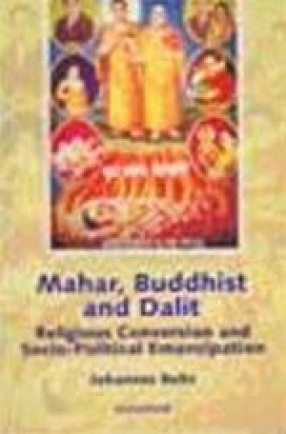
Bhimrao Ambedkar born in a Mahar (untouchable caste) family converted to Buddhism at Nagpur in Maharashtra in 1956. Buddhism was for him the only religion which could solve the problems of social inequality and caste. Thousands of untouchables in the state in support followed his example against their social exclusion. Today almost the majority of the Mahars (more than 5 million) consider themselves Buddhists. The objective of this book is to analyse the ...
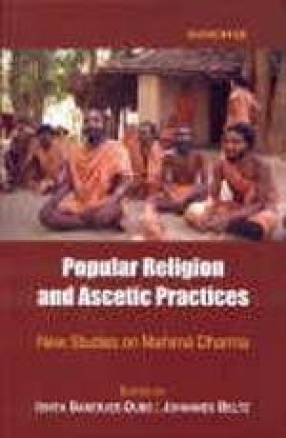
This volume brings together new research by Indian and German scholars on Mahima Dharma of Orissa. It combines anthropological insights, historical research and textual analyses to offer a wide variety of perspectives on this popular yet relatively unknown religion: perspectives which have taken shape in field experience in Orissa and research in Germany. Starting with an essay by Anncharlott Eschmann, whose pioneering work in the last century had kindled ...
